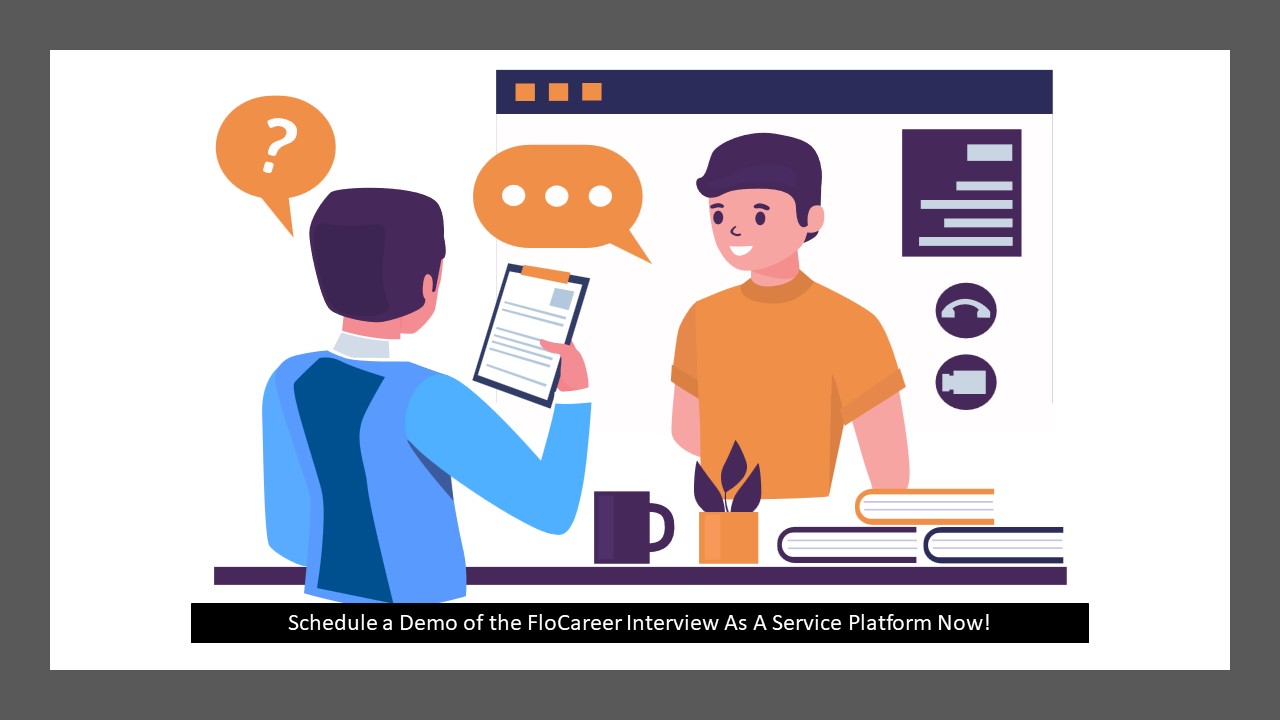The COVID-19 pandemic has made it extremely common for companies to recruit and operate remotely. This has also led to a massive surge in productivity and employee happiness. According to a recent 2021 State of Remote Work survey, 48% of employees said they would quit their job if their companies did not allow them to work remotely. This highlights the importance of remote work and remote hiring.
But what are the best remote hiring practices? How do you, as an organization, ensure that you hire a good remote team?
Here are a few tips to help recruiters along the way.
1. Write enticing job ads
While searching for the right candidates, writing engaging and accurate job descriptions is crucial. To advertise a role effectively, make sure to elaborate on the key responsibilities and expectations. For instance, it would be good to highlight if the job is hybrid or completely remote.
Another way to make a personal connection with candidates early on is by creating video vacancies. This allows candidates to see and hear more about the job opportunity and your company, motivating them to apply for the job. Research by Career Builder shows that video-based job postings are viewed 12% more and receive 34% more applications than those with solely text-based or image-based job postings.
To make this process more fun and engaging, you can ask your recruitment department to post short clips that talk about the role, the company, the culture of the organization, and any additional information you think ought to be included. This way, the process becomes interactive, your internal team is involved, and your brand is well-represented!
2. Create a structured interview process
- Pre-defining the recruitment process is a good way to stay organized and keep things smooth. This helps maintain consistency while conducting interviews, reduces the chance of biases, and also provides candidates with a better overall experience. When creating a structured interview process, the important factors to keep in mind are to identify –
1. The steps to be followed - Who is responsible for which step.
- The deadlines for every step
3. Implement a good shortlisting process
In addition to a structured interview process, it’s good to have an equally effective shortlisting process in place. This is particularly relevant when hiring remotely because posting a remote job means that it’s likely to have more applicants.
The solution to this is to have well-defined benchmarks to score candidates. This can accelerate the hiring process and fill vacant roles quickly and efficiently. First, identify a set of parameters you want; for instance – what are the 'must have' and 'good to have' qualities in the right candidate? How will your remote-first arrangement affect the factors you are looking for in a candidate?
Once you and the hiring manager, if you opt to work with one, have pre-defined the criteria, you can implement an employment assessment method. This will help you assess candidates on various skillsets, like cognitive and technical abilities, while you narrow down the list of candidates.
4. Make use of video interviewing
Digitalization and video interviewing technology have made remote hiring a whole lot easier. You can adopt both one-way and two-way interviewing methods, which can be applied at different stages of the recruitment process. The phone screening process can be replaced with a one-way interviewing method, while an in-person meeting could be replaced with a two-way interview process. Utilizing both these methods allows you to measure a candidates’ visual and other non-verbal communication while hiring remotely.
Even while conducting a video interview, you need to be as prepared as you would be for a face-to-face interview. Asking the right questions will help you learn more about the candidate and keep the interview free of biases.
5. Allocating an existing assignment
To create a more challenging but effective assessment, you could provide the candidate with a practical assignment and test their skills – all without having them physically on site. You could also time the assignment to gauge how candidates perform under pressure. But ensure that you do not scare candidates off by setting unrealistic tasks and times for the assignment.
It might be best to incorporate this process during the final stages of the hiring, so you don’t have to wade through numerous assignments.
6. Data privacy is critical
Many candidates have expressed concern about the safety of their information while being interviewed online. Ensure, and reassure your interviewees, that you are meeting the data privacy policies in your region. It is also important to ensure that the data technology you choose is doing the same.
Free platforms like Skype have certain limitations that dedicated video interviewing platforms do not. Make sure that your organization uses safe technology that lends protection to both the candidate and your company. For instance, you should inform your candidates if you are recording the interview and let them know what the recording could be used for and who has access to them.
As most organizations grapple with fast-moving changes, it’s crucial to be agile and increase your hiring speed. On average, companies take 42 days to close a single position. However, that doesn’t have to be the case for your organization.
FloCareer is here to help! We offer a number of innovative products and solutions to help you close your position with a few days. If this sounds exciting, we invite you to book a call now!



